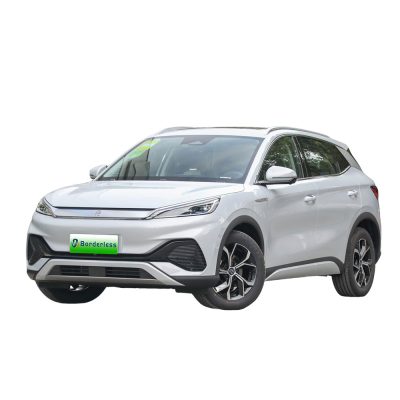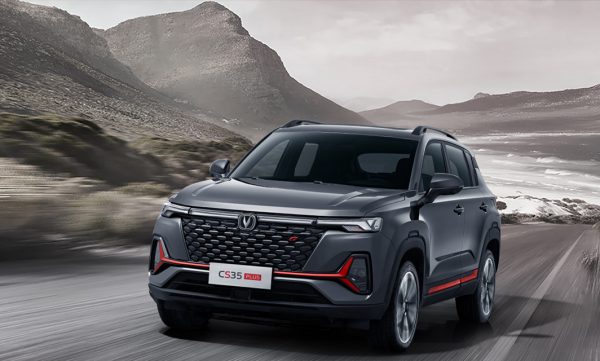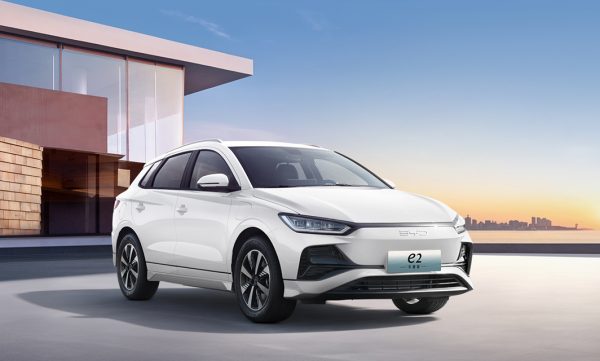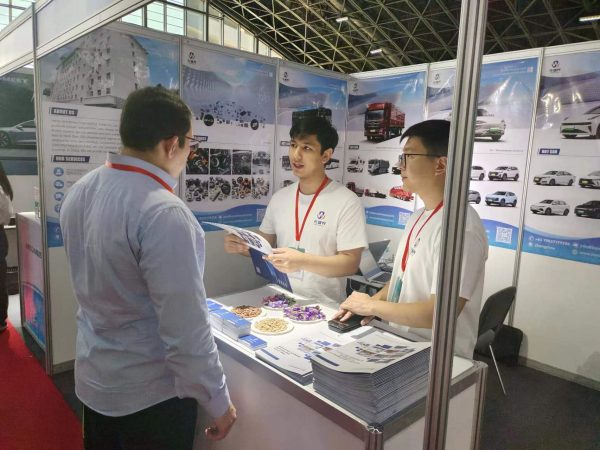Lithium iron phosphate battery ,ternary lithium battery and sodium ion battery, which is better?
When choosing a electric vehicle, most users will pay attention to the type of power battery.
The topic of concern in the early days was the energy density of the battery, and the topic of concern now is the type of power battery; it seems that everyone is not concerned about the density, but is thinking about which is better, lithium iron phosphate battery or ternary lithium battery. The main reference for judging whether it is good or bad is safety performance, but there is no way to judge, because the technology of each power battery is a commercial secret, how can we judge when the core technical parameters cannot be mastered? It is nothing more than "listening to the company", which is not convincing.
Therefore, the current discussion on the direction of power batteries has entered a misunderstanding. The topics that are really related to car users are the characteristics and manufacturing costs of different types of power batteries.

The professional knowledge of power batteries is difficult to understand, so let's interpret it with the gearbox of a fuel vehicle as a reference.
Brief summary:
Lithium iron phosphate battery = AMT
Sodium-ion battery = CVT
Ternary lithium battery = DCT
Lithium iron phosphate battery:
The characteristics of lithium iron phosphate batteries are like AMT (automatic manual transmission) in automatic transmissions, which is an "electrically controlled mechanical automatic transmission" based on manual transmissions; its basic structure is still manual transmissions, only through electronic control The unit, the motor and the solenoid valve realize the mechanical control of the mechanical structure, that is, realize the automatic gear shifting.

AMT is actually a much-criticized automatic transmission, because of its shortcomings of shifting and frustration, the frustration is very strong; however, AMT is still the main option for commercial vehicles, and it has also been used in passenger cars. Hyundai Motor, BYD Famous brands such as car and smart have used it. It can be seen from the brands and vehicles of these cars that AMT is applied, that is, the manufacturing cost is very low, which is why AMT has shortcomings but is still acceptable.
Lithium iron phosphate batteries were once no longer used in passenger cars because of their outstanding shortcomings.
For example:
- Poor consistency
- Poor low temperature performance
- Poor high temperature performance
As for lithium iron phosphate batteries can be used again in passenger cars, the reason is not because it solves the above three shortcomings, but because the cost of raw materials for ternary lithium batteries has soared! As a result, the price of electric vehicles has generally risen. However, if you want to realize the electrification of automobiles, you must achieve the same level and same price as fuel vehicles. Therefore, passenger cars at this stage once again accept lithium iron phosphate batteries, and industry personnel at this stage also support this battery, because what needs to be done at this stage is to lower the price of electric and plug-in hybrid vehicles.

Therefore, lithium iron phosphate batteries have their special value, but as long as ternary lithium batteries can achieve ultra-low cost one day, then lithium iron phosphate batteries are only suitable for commercial vehicles.
Na-ion battery
Sodium-ion batteries are like continuously variable transmissions for fuel vehicles, with the following features:
- The energy density is lower than that of lithium iron phosphate battery
- Lower manufacturing costs
- Can be combined with ternary lithium battery

Continuously variable transmission (CVT) has the shortest service life among automatic transmissions, but its manufacturing cost is low, so it can also be an ideal choice for entry-level cars; but its special structure determines that it cannot withstand excessive torque, so it can only For entry-level cars.
The energy density of sodium-ion batteries is lower than that of lithium iron phosphate, and the highest energy density is ternary lithium batteries.
So sodium-ion battery is like CVT, it seems not as good as AMT.
However, the shifting smoothness of CVT is much better than that of AMT. Sodium-ion batteries are less affected by temperature than lithium iron phosphate batteries, and their reliability is also very high. The key point is that sodium-ion batteries canombined with ternary lithium batteries, so The energy density is also balanced to equal or exceed the lithium iron phosphate battery pack. Therefore, the best power battery option for mainstream cars and entry-level cars in the next stage is sodium-ion batteries. Whether lithium iron phosphate batteries have a future can only wait and see.
Ternary lithium battery
The ternary lithium battery has the highest manufacturing cost, the highest energy density, the best consistency, and the least affected by temperature.
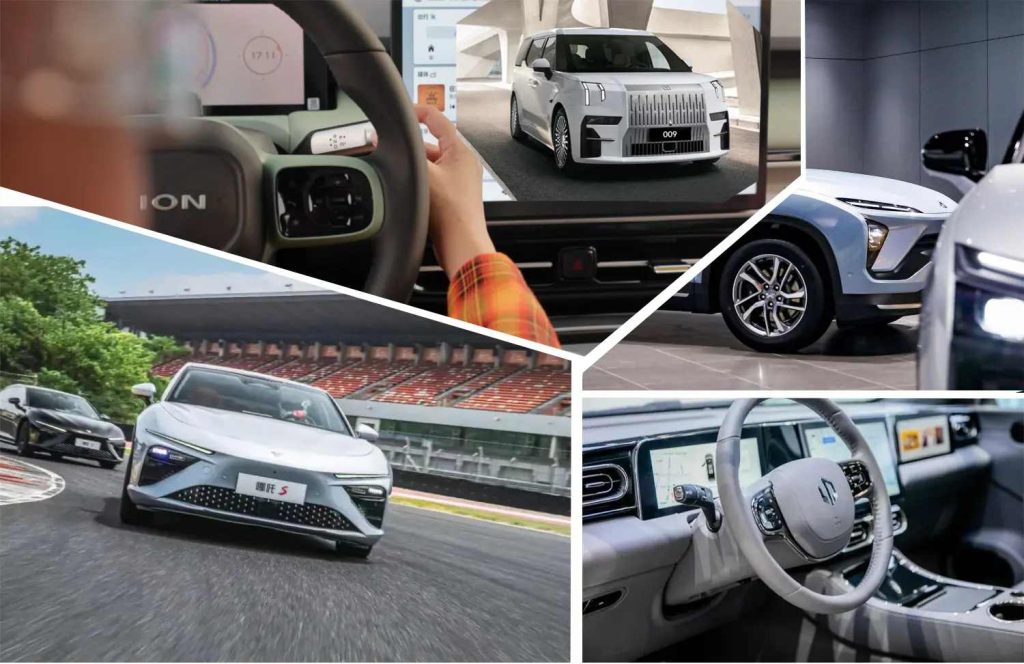
Regardless of the cost, the ternary lithium battery is actually the best power battery; its characteristics are like the dual-clutch transmission (DCT) of a fuel vehicle. This transmission can achieve smoothness beyond AT and has higher transmission Efficiency, the key point is that the durability does not lose to AT.
So that lithium iron phosphate batteries are still mainly used in entry-level cars and mid-range cars, and ternary lithium batteries are generally used in high-end cars worth more than 50000$! Moreover, the cruising range of the lithium iron phosphate version of the same car is often shorter, and the price of the vehicle is often lower.

Conclusion
The ternary lithium battery is still the mainstream, and the installed capacity is still the largest; the next stage will continue to grow, because the core material cost of the ternary lithium battery has dropped a lot, and the most exaggerated stage has dropped by almost two-thirds. Now it has dropped by more than half. Therefore, the manufacturing cost of ternary lithium batteries is getting lower and lower, and lithium iron phosphate batteries will be phased out in this process. The combination of sodium-ion batteries and ternary lithium batteries has also been installed on mass-produced cars, and sodium-ion batteries have also begun to be used in the field of motorcycles; as long as the sodium-ion battery industry scales up, perhaps lithium iron phosphate batteries will no longer Will not use.

